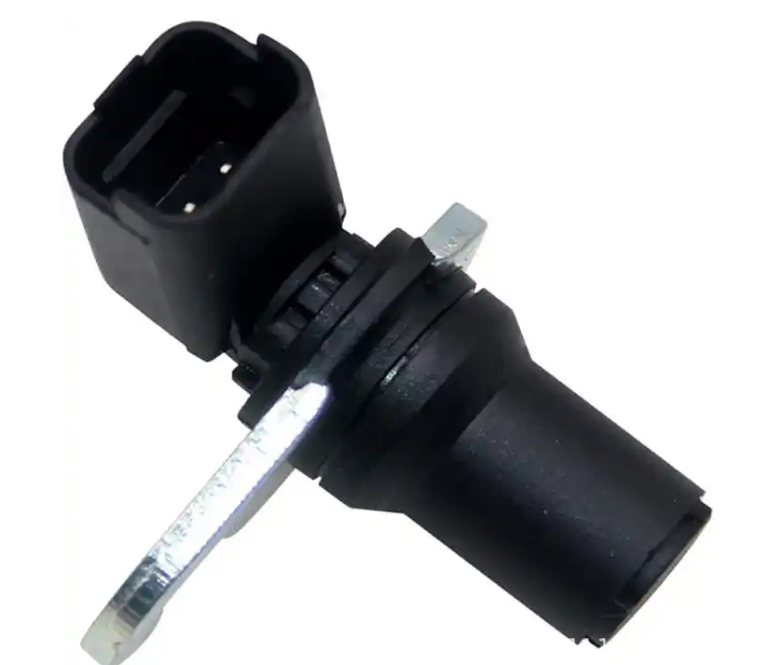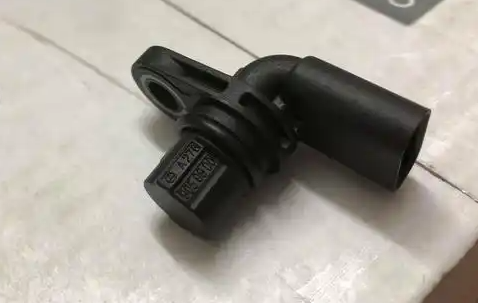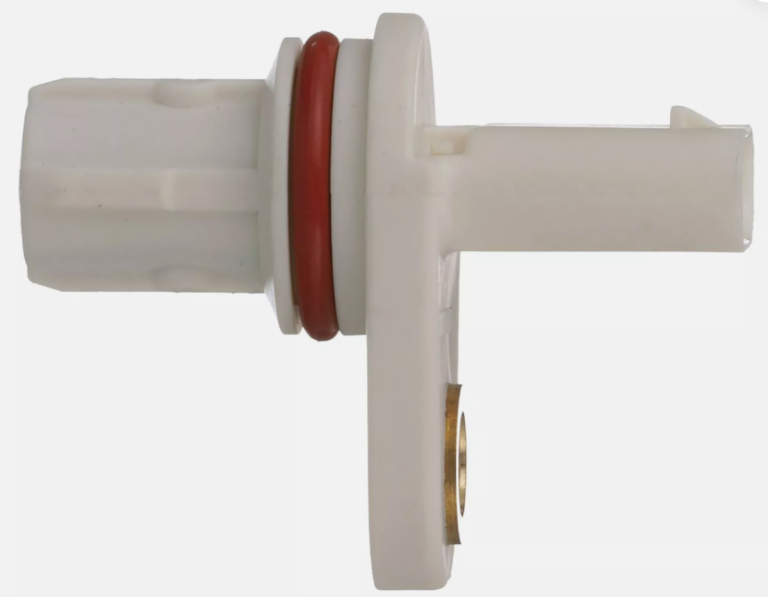370Z Camshaft Position Sensor
370z camshaft position sensor location
The camshaft position sensor on a 2017 Nissan 370Z is typically located on the side of the valve cover, near the cylinder head. It’s mounted opposite to the timing rotor and is usually secured with a single 10mm bolt.

What happens if a camshaft sensor goes bad?
When a 370z cam position sensor goes bad, it can lead to several issues with your vehicle’s performance. Here are some common symptoms you might encounter:
- Check Engine Light: This is often the first sign. The check engine light will illuminate on your dashboard.
- Difficulty Starting: The engine might crank but struggle to start, or it might not start at all.
- Engine Stalling: The engine could stall unexpectedly, particularly at low speeds or while idling.
- Rough Idle: You may experience a rough idle, causing vibrations and instability.
- Poor Acceleration: There might be noticeable hesitation or lack of power when you try to accelerate.
- Misfiring: The engine could misfire, leading to rough running and loss of power.
- Reduced Fuel Efficiency: The engine might consume more fuel than usual, resulting in poor fuel economy.
These symptoms are caused by the disruption of the engine’s timing and fuel injection due to a faulty camshaft position sensor. Addressing this issue promptly can help ensure your vehicle runs smoothly and efficiently.
What are the symptoms of a bad crankshaft position sensor?
A bad crankshaft position sensor can cause several issues with your vehicle’s performance. Here are some common 370z crankshaft position sensor symptoms:
- Check Engine Light: The check engine light will illuminate on your dashboard, indicating a problem.
- Difficulty Starting: The engine might crank but struggle to start, or it might not start at all.
- Engine Stalling: The engine could stall unexpectedly, especially at low speeds or while idling.
- Rough Idle: You may experience a rough idle, causing vibrations and instability.
- Poor Acceleration: There might be noticeable hesitation or lack of power when you try to accelerate.
- Engine Misfires: The engine could misfire, leading to rough running and loss of power.
- Reduced Fuel Efficiency: The engine might consume more fuel than usual, resulting in poor fuel economy.
- Engine Vibrations: Increased engine vibrations can occur due to timing issues.
Can I drive my car with a bad camshaft sensor?
While you might be able to drive with a bad camshaft position sensor, it’s generally not recommended. Here’s why:
- Engine Performance Issues: You may experience poor acceleration, rough idling, and engine misfires, which can make driving difficult and less safe.
- Stalling: The engine might stall unexpectedly, especially at low speeds or while idling, which can be dangerous in traffic.
- Difficulty Starting: You might find it hard to start the engine, and it could leave you stranded.
- Increased Emissions: A faulty sensor can lead to poor fuel combustion, resulting in higher emissions and possibly failing emissions tests.
- Check Engine Light: The check engine light will be on, indicating an unresolved issue with the engine.
While your vehicle might still run with a bad camshaft position sensor, it’s important to address the issue as soon as possible to avoid further damage and ensure your safety on the road. If you notice any symptoms of a failing sensor, it’s best to have it checked and replaced promptly.

How many crankshaft position sensors are in a 370z?
The 370z crankshaft position sensor typically has one. This sensor is crucial for monitoring the position and rotational speed of the crankshaft, which helps the engine control unit (ECU) manage ignition timing and fuel injection.





